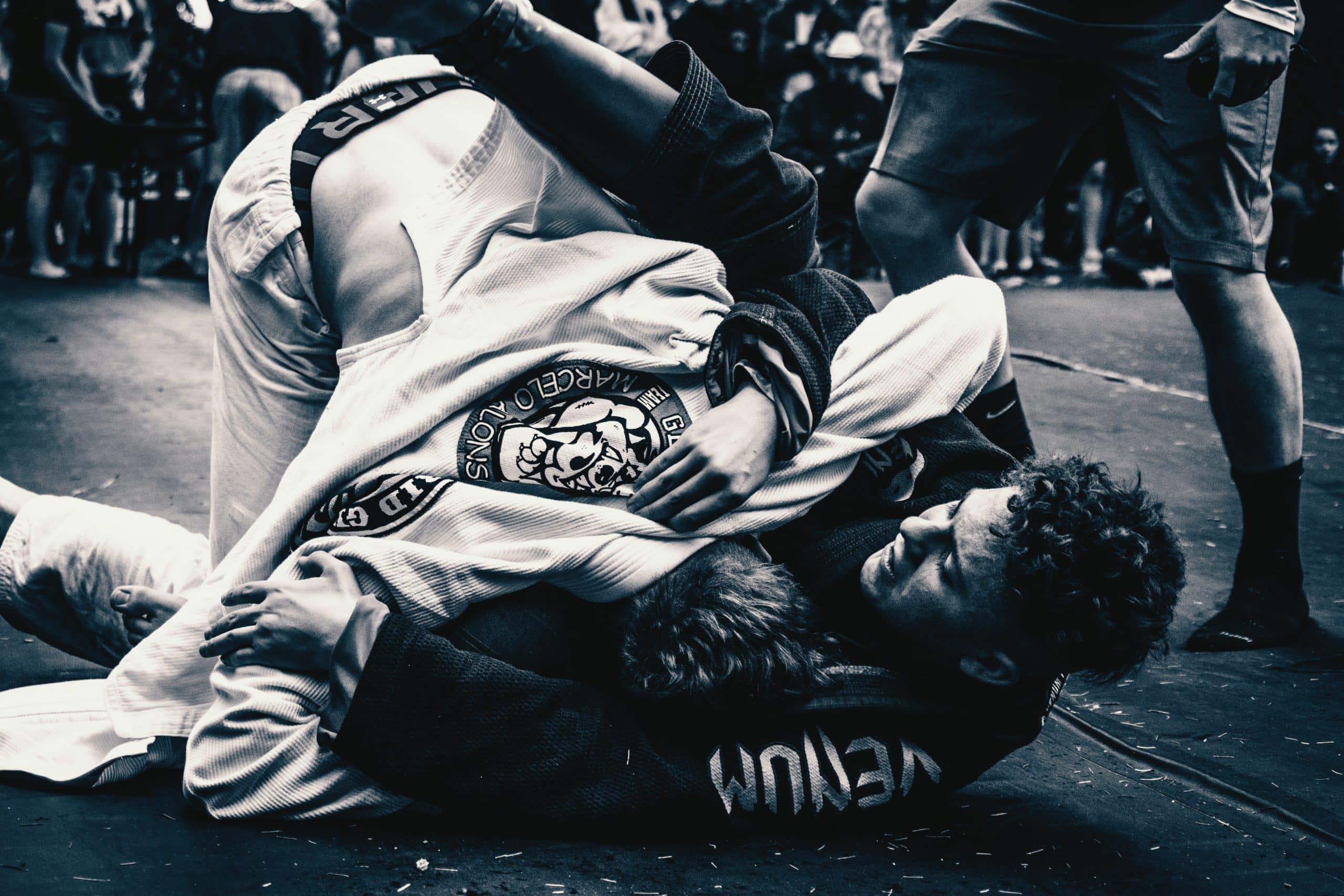

How To Execute Arm Bar Holds + 3 Common Mistakes To Avoid
There are many different submission holds in Brazilian Jiu-Jitsu (BJJ), and the arm bar hold is one of the most common. If you have taken BJJ classes, you’ve probably seen this hold executed many times. The arm bar is a powerful submission hold that can finish a fight quickly if done correctly.
This blog post will discuss how to properly execute an arm bar hold from a closed guard. We will also explain some common mistakes people make when attempting this submission and how to avoid them.
What Is an Arm Bar Hold?
BJJ is a martial art that emphasizes taking your opponent to the ground and submitting them using various holds and chokeholds. The armbar is one of BJJ’s most common submission holds and is considered a firm hold.
It involves hyperextending your opponent’s elbow joint, which causes a lot of pain and forces them to submit. The arm bar can be executed from many different positions, each with its challenges.
The key to successfully executing an armbar is to control your opponent’s arm and body while keeping your own body in a strong position. You can effectively force your opponent to submit by maintaining control and keeping yourself safe.
While the armbar may seem like a simple move, it is a very complex technique that takes years of practice to master. However, if you are willing to put in the time and effort, you will find the armbar incredibly effective in taking down an opponent.
How To Execute an Armbar Hold
There are four basic steps to properly executing an armbar hold in BJJ. Whether you are in a standing, sitting, or lying position, these steps will help you set up and execute the hold correctly.
- Be in a position that allows you to control your opponent’s arm. This can be done in many positions, but the closed guard is the most common. Make sure also to control your opponent’s upper body, as this will give you more leverage when executing the hold.
- Close the distance by putting the controlled arm between your knees and hips.
- Control your opponent’s hand and place their elbow across your hips. Ensure that their palm is open and facing up.
- Take advantage of your body weight and use your hips to drive your opponent’s arm toward the mat. As their elbow starts to bend, apply more pressure to force them to submit.
Different Arm Bar Holds for BJJ
Various factors such as your position, opponent’s position, and experience level will dictate which type of arm bar hold you can use. Here are some of the most common arm bar holds used in BJJ:
- Closed Guard Armbar Hold: This is the most common type of armbar hold, and it is often used when you are on your back and your opponent is on your guard. To execute this hold, you will need to control your opponent’s arm and body while keeping your legs closed around their waist.
- Mounted Armbar: Mounted armbar is one of the most basic and commonly used armbar techniques. It can be executed when you are in a dominant position on top of your opponent. However, it is essential to note that this move is only effective when done correctly, as your opponent can quickly reverse the position if you are not careful.
- Side Control Armbar: Side control is a prevalent position in BJJ and can be used to set up various submission holds. To execute an arm bar from this position, you must control your opponent’s arm while keeping their body pinned to the ground.
- Flying Armbar: The flying armbar is a more advanced technique often used in competition. It can be executed from many different positions, but the most common is when you are on your back, and your opponent is standing. It can take a bit of practice to master this move, but it is a very effective way to take down an opponent.
Other arm bar holds can be used in BJJ, but these are some of the most common. With practice, you can execute any of these holds with ease.
3 Common Armbar Mistakes
Whether you are a beginner or a seasoned vet, it is important to avoid making these common mistakes when executing an arm bar hold:
Hip Position
When your hip is too high or far from the opponent’s arm, it won’t be easy to generate the necessary power to execute the hold. Make sure to keep your hips close to their arm and in a position to generate force.
Lack of Grip
If you do not have a good grip on your opponent’s arm, they will be able to escape the hold easily. Make sure to control their arm tightly and apply the hold with as much force as possible. The hand rotation is also important, as you want their palm facing up when you use the hold.
Loose Legs
If your legs are not in a good position, it will be difficult to control your opponent’s body. Make sure to keep your legs tight around their waist and in an excellent place to generate power.
By avoiding these common mistakes, you will be able to execute the arm bar hold with ease. With practice, you can take down any opponent with this submission.
Conclusion
If you are looking for a way to submit your opponent in BJJ, the arm bar hold is a great option.
This hold can be used from many different positions and is a very effective way to take down an opponent. However, practicing this move and avoiding common mistakes is essential for your success. With proper execution, you will be able to take down any opponent with ease.
Advertisements
gbjj
RELATED POSTS










